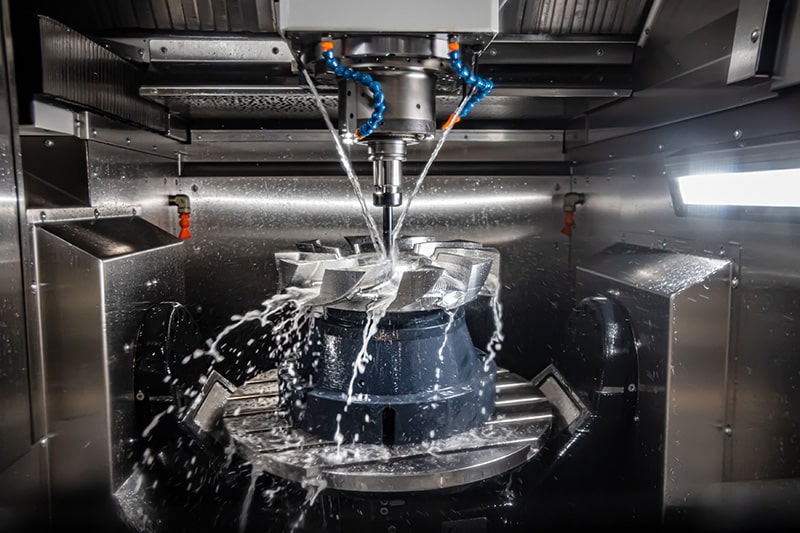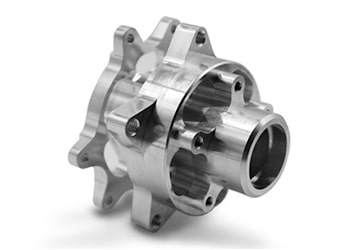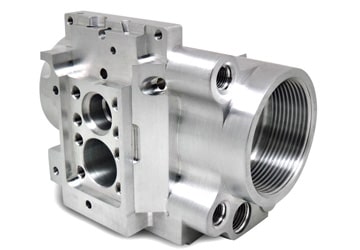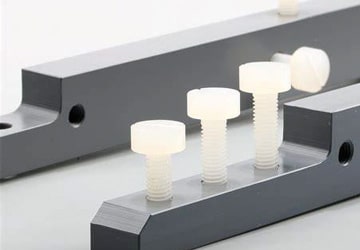A subtractive manufacturing technology to create intricate parts with expert engineering support, fast lead time and high precision.
Premium Parts can help you achieve exceptional and accurate results for your production needs through our precision machining process. CNC Precision machining is a process of manufacturing components and products with precision, quality, and consistency that has become increasingly important in applications such as aerospace and automotive, as well as medical technology. Our precision machining solution saves you additional costs and leaves minimal room for errors with high reliability and flexibility. We offer the optimum solution to maximize value without sacrificing dimensional accuracy and wasting extra material resources. Our commitment is to thoroughly analyze your project and production design and recommend the best course of action, from procedure to materials and budget.























